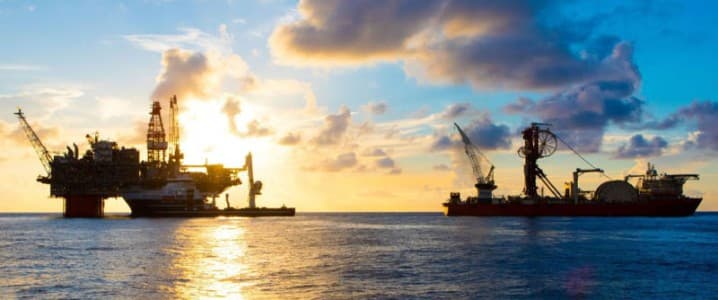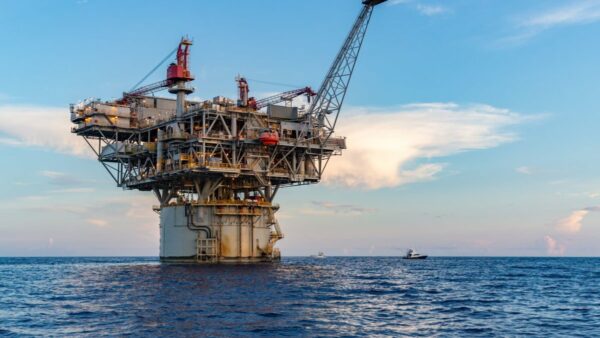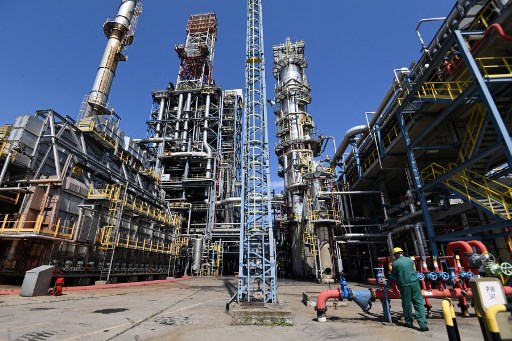BP Predicts Global Oil Demand Will Peak In 2025

British Oil & Gas giant BP Plc (NYSE:BP) has predicted that global oil demand will peak next year while wind and solar capacity will continue to grow rapidly. In its latest edition of its annual Energy Outlook, BP has published a study of the evolution of the global energy system to 2050.
BP has modeled its predictions on two key scenarios: The Current Trajectory and Net Zero. The Current Trajectory scenario is based on climate policies and carbon reduction pledges already in place while the Net Zero scenario assumes the world sticks to the 2015 Paris climate agreement to cut carbon emissions by around 95% by 2050.
BP has predicted that oil demand will peak by 2025 at around 102 million barrels per day (bpd) under both scenarios. However, the rate of decline thereafter will be determined primarily by the pace of falling oil use in road transport. In the Current Trajectory, BP sees oil consumption gradually declining over the second half of the outlook to around 75 million bpd in 2050. The drop is, however, much more pronounced in Net Zero, with demand falling to just 25 million-30 million bpd by 2050.
Regarding general energy demand, in the Current Trajectory scenario, BP has predicted that primary energy demand will continue rising up to the mid-2030s before broadly plateauing amid continuing growth in energy consumption in emerging economies, excluding China, broadly offset by declines in developed economies and eventually in China. In this scenario, global energy demand will only be 5% higher than in 2022.
In contrast, the Net Zero scenario sees energy demand peaking in the middle of the current decade before entering a terminal decline phase. In this scenario, BP sees energy demand around 25% lower in 2050 compared with 2022.
BP’s dire predictions align with those by Bloomberg, which last year predicted that global demand for road fuel will peak in 2027 at 49 million barrels per day driven by rapid adoption of electric vehicles, ever-improving fuel efficiency and shared mobility.
By Alex Kimani for Oilprice.com
More Top Reads From Oilprice.com
This article was originally published by a oilprice.com
Read it HERE







